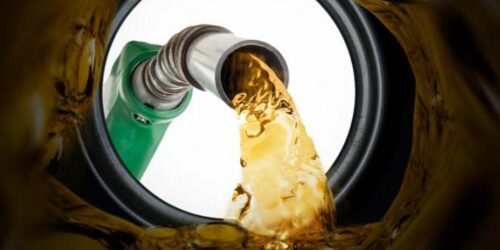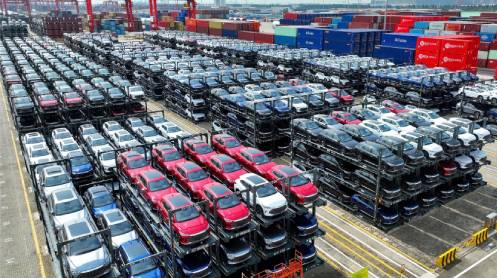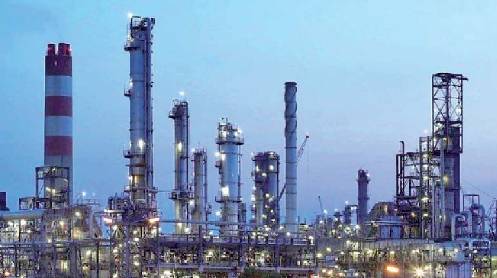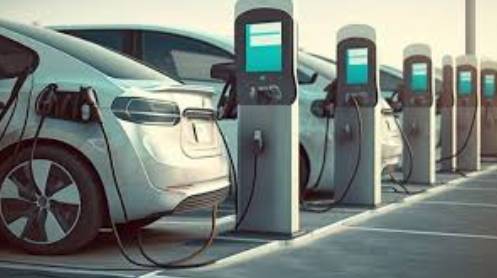The government is said to be mulling changing the pricing mechanism for petroleum products. The immediate concern is how to handle the PKR volatility while pricing motor gasoline (MOGAS) and high speed diesel (HSD).
In the latest fortnightly price revision, the government changed the formula of using last day of exchange rate to the average during the period. Now the thinking is to use the exact rate of Letter of Credit retirement by Pakistan State Oil (PSO) for fixing pricing.
That is even better. The government should move towards complete deregulation of pricing of POL products. Let the market determine prices and the government should leverage, if need be, the tax to provide relief to consumers.
The price mechanism was changed from monthly to fortnightly basis after a petroleum crisis that hit the country in June 2020. At that time, international prices fell like nine pins and the demand went down significantly in Pakistan due to Covid-related lockdowns during April and May.
There were inventories at higher prices and the price formula was based on the operating (lower) international prices, and the result was little supply; hence shortage. Oil Marketing Companies (OMCs) preferred to forego their licences in order to avoid huge losses.
Fast forward, in 2022, international petroleum prices rose sharply with the rate of rise higher on refined products than on crude as premium on petrol and diesel increased significantly. At that time, consumer prices in Pakistan were kept frozen.
The currency was depreciating while international prices were rising. Everyone was expecting a Rs50-100 (or even more) increase in consumer prices and the dealers kept on hoarding whatever they could to book capital gains.
The result was that all the available storage in the country topped up. Imports by OMCs increased significantly and that too at peaking prices. Now, with increase in prices, the subsidised petroleum products by dealers are being offloaded. This is evident by a fall of 38 percent in demand of diesel and 15 percent in petrol’s in July 2022.
There is some decline in demand due to increase in prices — perhaps true for MOGAS. But, in case of the fall in HSD, it is partially due to supply by hoarders. Since HSD is less inflammable than MOGAS, it’s prone to higher hoarding.
Unlike the 2020 when the OMCs suffered losses, the national exchequer was at the receiving end of losses in the latest episode. And to avoid such episodes in days of price volatility, it is better to have completely deregulated pricing. This could help the government successfully avoid a lot of pain.
The economic crisis of 2008 and now the one in 2022 are partially triggered by not passing the petroleum prices on to consumers at the time of peaking cycle. The demand remained unabated in both cases to inflict a drain on balance of payments (BoP) while the subsidy was enough to cause cracks in the fiscal house.
It is, therefore, better to deregulate the pricing all together and allow for daily pricing by OMCs in order to avoid the repeat of the above-mentioned fiascos. Let them compete among themselves. And if there are any doubts of cartelization, the government has a lever to control the market through PSO.
It is the largest OMC with over 50 percent market share. PSO can have indicative pricing to ensure the rest of players do not indulge in any foul play. The good news is that the government is thinking along these lines. Deregulating energy markets — petroleum, gas and electricity — is more critical to country’s economy than evolving consensus on any proposed ‘charter of economy’.







